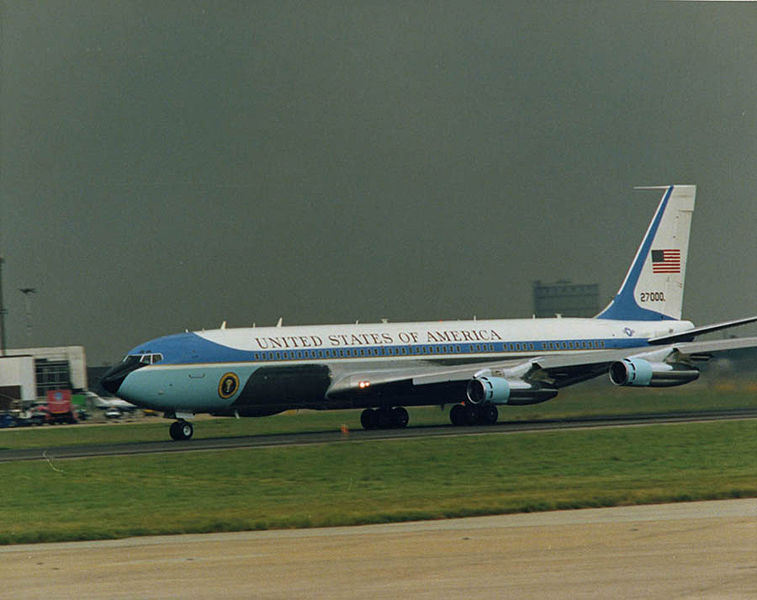The Air Force One Enigma: Why Does Its Takeoff Count Exceed Its Landing Count?
HELLO AND WELCOME TO MY BLOG!
Hello, my dear aviation enthusiasts! Are you ready to learn some interesting facts about Air Force One, the iconic plane of the American President? Well, buckle up, because I have a fascinating story for you.
Did you know that Air Force One's total takeoff count is one more than its total landing count? Wait, what? How is that possible? Did the plane never touch the ground? Did it explode mid-air? Or was it simply a technicality that landing doesn't count unless the plane actually touches down?
The answer is none of the above. Let me tell you the story of how this happened. Back in 1974, the 37th President of the United States, Richard Nixon, was embroiled in the infamous Watergate scandal. Despite the scandal, he was re-elected in a landslide victory, only to resign a few years later in August 1974. Gerald Ford was sworn in as the new President, and here's where things get interesting.
You see, the moment a new President is sworn in, he officially assumes the title of Commander-in-Chief of the United States. So when Nixon boarded Air Force One on August 9, 1974, to head back home, he was still technically the President. However, by the time the plane landed, Gerald Ford had already been sworn in, making the aircraft no longer Air Force One, but rather just its call sign, SAM 27000. And that's why Air Force One's landing count is one short.
But wait, there's more! If you're a history buff, you might be wondering what happens if a President dies while on board Air Force One. Well, it turns out there's a protocol for that too. In 1963, when President John F. Kennedy was assassinated, his body was transported back to Washington D.C. on board Air Force One. But here's the thing: the moment a Vice President takes the oath of office, he becomes the new President. So, as soon as Lyndon B. Johnson was sworn in as the new President, he took the oath of office on board Air Force One, making it Air Force One for the remainder of the flight.
So, there you have it, folks! The fascinating story of how Air Force One's takeoff count is one more than its landing count, and what happens when a President dies while on board. And just to clear up any confusion, the Air Force One planes used by Nixon and Kennedy were actually different aircraft, with Kennedy's plane being SAM 26000.
I hope you enjoyed this little tidbit of aviation history. Until next time, keep flying high, and always remember to fasten your seatbelts!
Oh, by the way, Just wanted to remind you that in addition to my aviation blog, I also have another blog dedicated to the extraordinary stories from history. It's called historyisextraordinary.blogspot.com, and it's packed with interesting and hilarious tales from the past. If you're a fan of learning about history in a fun and engaging way, then be sure to check it out! Who knows, you might just learn something new, or at least have a good laugh. Let me know in the comments if you're interested in hearing more!







Comments
Post a Comment